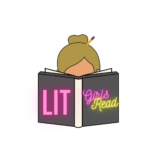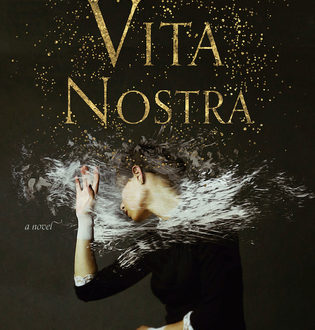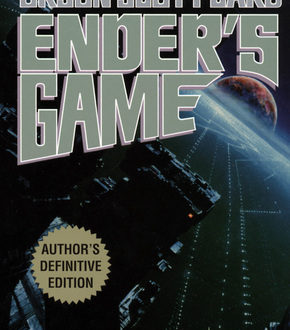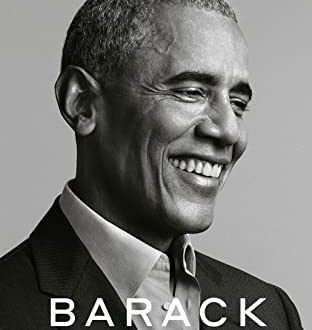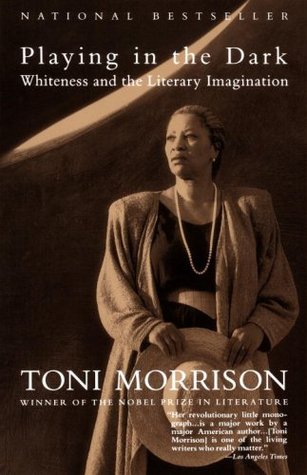
Playing in the Dark: Whiteness and the Literary Imagination
Author: Toni Morrison
Edition: Paperback, 1993
Date Read: September 13, 2020
Synopsis:
Toni Morrison’s brilliant discussions of the “Africanist” presence in the fiction of Poe, Melville, Cather, and Hemingway leads to a dramatic reappraisal of the essential characteristics of our literary tradition. She shows how much the themes of freedom and individualism, manhood and innocence, depended on the existence of a black population that was manifestly unfree–and that came to serve white authors as embodiments of their own fears and desires.
Written with the artistic vision that has earned Toni Morrison a pre-eminent place in modern letters, Playing in the Dark will be avidly read by Morrison admirers as well as by students, critics, and scholars of American literature(goodreads.com).
Should Lit Girls read it?
Everyone should read it! Playing in the Dark is an important book and exceedingly relevant in these times. It will change the way you read and think about your favorite stories; and that can only be positive.
Lit Girls Take:
In Playing in the Dark, Toni Morrison presents a collection of essays adapted from a lectureship she hosted at Harvard in 1990. Reading this book was like sitting through the most interesting and enlightening English class ever.
Throughout this book Morrison looks critically at the role race has played in shaping American literature. From Poe to Hemingway, she illustrates the way race has been used as a tool for American authors and it’s repercussions on our literary culture. Certainly, I cannot say that I was truly able to understand all the nuance of Morrison’s points. For one thing, It has been some time since I attended anything close to an academic lecture. Subsequently, I have not read any of the texts she references so much of this writing went over my head. However, her explanations of the presence of the Africanist persona in “classic” works was nothing short of revelatory.
Perhaps the most interesting take away from these essays was Morrisons’ dissection of the many critiques of these works. The literal and metaphorical representation of race is immensely important in these books. However, its absence from the critiques was enlightening. That says just as much about the critics as it does about the authors, and the larger social climate that influenced their writing. Still, Morrison never discounts the talent of these authors. Similarly, she doesn’t question the worthiness of these books to be counted amongst the classics.
Her argument here is that any reading of these stories need to include a discussion on race. Furthermore, race must be part of the conversation and to leave it out would somehow make the reading incomplete. In other words, we must continue to have conversations about race; and the role race has and continues, to play in our cultural development cannot be written off. Including race in the analysis of classic literature in no way diminishes them. In my opinion, to include race in one’s reading would only enhance the literary experience.
Recently, I have been struggling to better understand the subtle ways in which race is used in our culture. Other than reading stories about experiences different from my own, I was not sure how to proceed. However, thanks to Toni Morrison, I now have a place to start. She has given me the tools to look more critically on all literature, classic and contemporary. Morrison has changed my literary experience. For anyone claiming to be a student of literature, or even just a book nerd, Playing in the Dark is an immensely important piece. For every Lit Girl, this is a must read.

